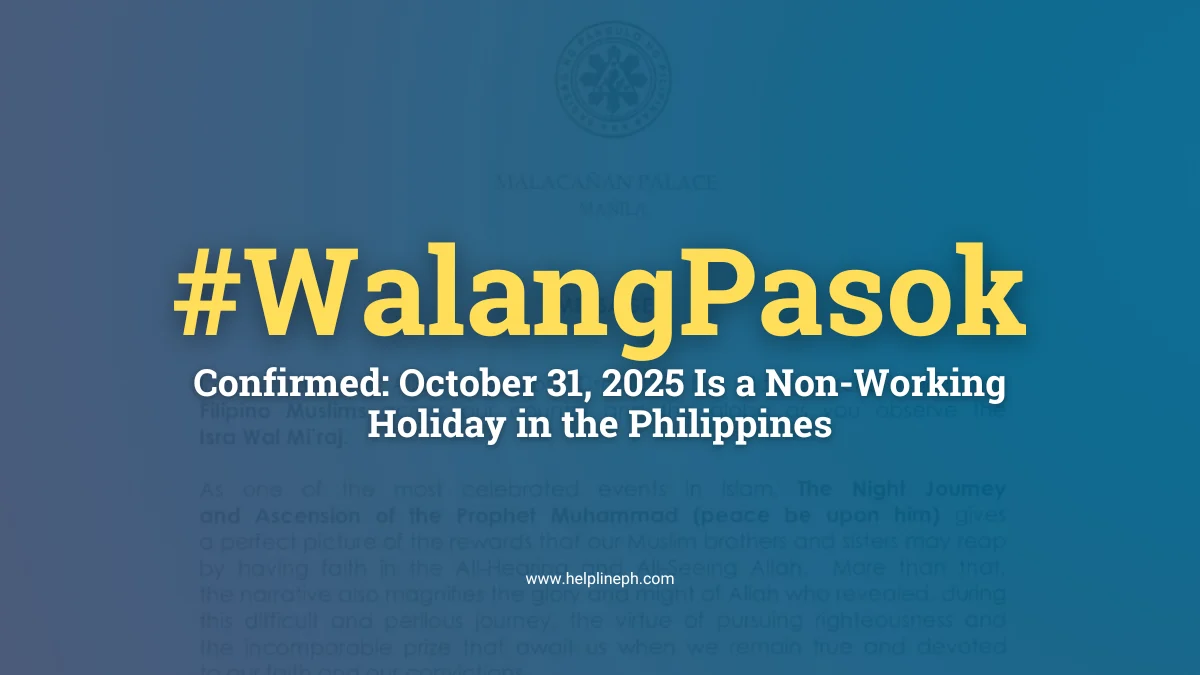Philippine teachers’ salary increase has become a hot topic this year. I want to share why the proposed jump to ₱50,000 per month for public school teachers matters so much. You’ll see how this change links to the living wage for teachers in the Philippines, the Salary Standardization Law, and regular cost-of-living adjustments.
1. Why Teachers Deserve a ₱50,000 Salary
- Critical Role
Teachers shape our children’s future. They spend years training, stay late to grade papers, and offer support beyond class hours. - Struggle with Current Pay
Right now, a Teacher I at Step 1 earns around ₱30,024 monthly. That falls short of the ₱36,510 needed for a family of five to live decently. - Comparison to Other Frontliners
Police and soldiers got pay hikes up to 100%, yet teachers saw only 4.95% to 5.6% increases under the latest Salary Standardization Law updates.
I feel it’s unfair that educators, whose qualifications often exceed those of uniformed personnel, lag behind in pay.
2. Understanding the Living Wage for Teachers, Philippines
- Living Wage Defined
A living wage covers basic needs—food, rent, healthcare—for a worker’s family without extra help. - Current Gap
• Needed: ₱1,217 per day or ₱36,510 per month for a family of five
• Received: ₱30,024 per month for many entry-level teachers - Impact on Families
Teachers struggle with rising fuel and food prices. Many feel pressure to take side jobs or even work abroad, risking their safety for higher earnings.
3. A Quick Look at the Salary Standardization Law
- What It Is
This law sets pay grades (SG) for government workers in the Philippines. - Recent Changes
Amended in 2020, 2024, and now a proposed update in 2025. Yet, rank-and-file teachers remain at low pay grades. - Proposed Update
House Bill No. 203 seeks to bump all public school teachers to SG 15 or higher—equivalent to at least ₱50,000 monthly.
4. Annual Pay Adjustments and Inflation
- Inflation Eats Raises
With May 2025 CPI at 123.9, ₱100 in 2018 now costs ₱123.90. Without annual true-to-inflation raises, teachers lose ground. - Annual Adjustment Clause
The bill mandates that the Department of Budget and Management (DBM), in consultation with teachers’ unions, recommend yearly salary increases to match living costs.
I think this regular tune-up is key. It stops teachers from falling behind as prices rise.
5. Benefits of a ₱50,000 Salary for Public School Teacher Pay
- Better Quality of Life
• Less stress about bills
• More time for lesson planning, not side gigs - Teacher Retention
• Fewer resignations
• Stronger workforce - Attracting Talent
• Smart, creative graduates will choose teaching
• Schools gain higher-quality instructors - Boosting Morale
• Teachers feel valued
• Happier classrooms
6. Addressing Possible Challenges
- Budgetary Concerns
Critics say funding ₱50,000 salaries will stretch the national budget. But I see an investment: better-educated students fuel future growth. - Inflation Risk
A salary surge could push prices higher. That’s why the bill ties annual increases to real inflation rates, avoiding overcorrection. - Implementation Timeline
The act takes effect 15 days after publication, but real-world rollout needs clear DBM and Department of Education (DepEd) rules.
7. Personal Anecdote
When I volunteered in a public school, I met a young teacher who biked 20 km daily to save on fare. She loved her students but told me she often skipped meals to afford textbooks. That memory stays with me. A ₱50,000 salary wouldn’t just pay her bills—it would honor her dedication.
8. How We Move Forward
- Public Support
Write to your local representative. Share stories of teachers you know. - Union Engagement
Teachers’ unions must work with DBM for fair annual raises. - Transparent Budgeting
Government should publish clear cost estimates and funding sources. - Monitor Inflation
Track CPI monthly to ensure salaries keep pace.
Frequently Asked Questions (FAQs)
What exactly is the proposed minimum monthly salary?
The bill sets ₱50,000 per month as the floor for all public school teachers, at least SG 15 or higher.
How does this compare to current pay?
Entry-level teachers now earn around ₱30,024 monthly. The boost is a roughly 66% increase.
Will this fuel inflation?
The law’s annual adjustment clause links raises to actual CPI. That balance should limit price-push inflation.
Where will the funds come from?
Initial funds come from current appropriations. Future funding is included in the General Appropriations Act.
When does this take effect?
Fifteen days after publication in the Official Gazette or a national newspaper.
I believe the Philippine teachers’ salary increase to ₱50,000 is more than a pay raise. It’s a sign that we value education, respect our frontliners, and invest in our nation’s future. By ensuring annual cost-of-living adjustments, we can keep teacher pay fair and stable. Let’s back this change and honor those who shape tomorrow—our public school teachers.






